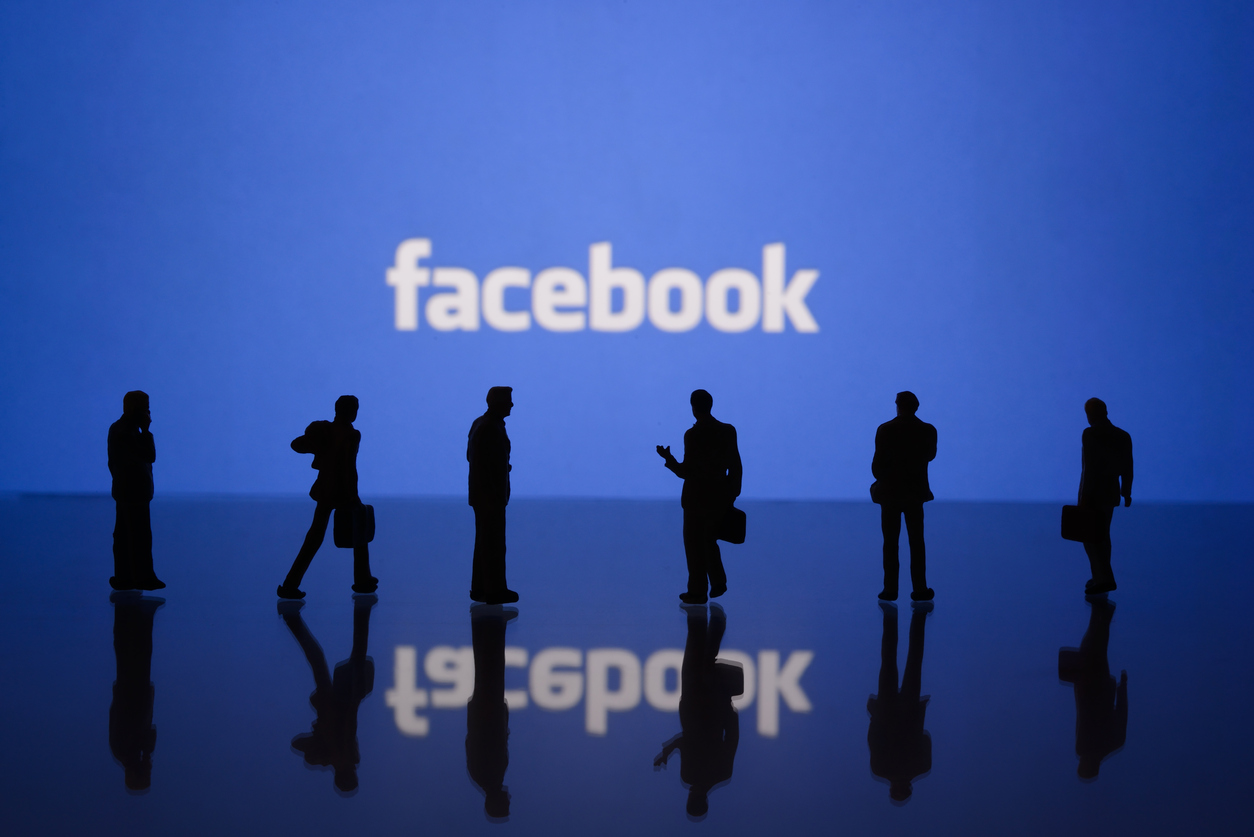
The Breakdown: Data-driven attribution is the new default setting in Google Ads
Starting in October 2021, Google Ads will begin rolling out a major change to its default attribution settings that will impact all advertisers on the platform. In this article, we’ll talk about what’s changing, the implications of this change & our recommendations for advertisers.
What’s changing in Google Ads in Oct. 2021?
According to a post on Google’s Ads & Commerce blog,
“…we’re removing the data requirements and adding support for additional types of conversions. With these improvements, we’re also making data-driven attribution the default attribution model for all new conversion actions in Google Ads.”
In other words, Google is removing the previously-required minimum threshold for conversions needed to support data-driven attribution campaigns. They’re also adding more conversion types that are supported by data-driven models.
At the same time, Google is moving away from “last-touch” attribution as a campaign default. Instead, data-driven attribution will be the default for all campaigns which users will have to opt out of if they prefer to use other attribution methods.
Why data-driven attribution vs. last-click attribution?
So you can better understand what’s changing, let’s illustrate with an example:
Suppose your brand is running YouTube for passive awareness, non-brand search for active consideration moments, and brand search for active purchase moments. One purchase is associated with all three for John Doe.
Your options for attribution modeling for John’s conversion journey would appear as follows:

In a last-click attribution world (the previous default setting), 100% of credit goes to the brand click at the end — no matter if John was initially influenced by that YouTube ad or by a later non-brand search.
But with data-driven attribution, channels are given appropriate weight based on how heavily they influenced John’s purchase decision. So if the conversion on the brand search was basically a layup, but the prior two touches did more of the work, more credit would (appropriately) lean towards John’s YouTube ad view & non-brand search.
The intent of these changes is to nudge more Google advertisers towards a data-driven approach to measuring their campaigns vs. last-click to give advertisers a more holistic view of the channels & tactics that are actually contributing to their business goals.
The implications of a “DDA”-first world for advertisers
Google Ads product liaison, Ginny Marvin, recently tweeted about the rationale behind the upcoming changes to attribution.

Ginny points out how data-driven attribution (“DDA”) helps advertisers protect their campaigns against a cookieless future. It accomplishes this by using machine learning to provide appropriate credit to different touchpoints in the journey to conversion.
This provides two “warning shots” as to where the Google Ads product (& more broadly) digital advertising is headed:
- Warning Shot #1 – Cookies are going away (eventually.) Even though Google Chrome pushed its timeline for removing third-party cookies to 2023, Google still seems to see the “cookieless future” as an inevitability. Advertisers should start making preparations now.
- Warning Shot #2 – The “robots” have arrived. Google is pushing advertisers into a data-driven / ML-centric model for campaign measurement. This is in line with other similar moves Google has made, such as continued improvements to smart bidding.
Our recommendations for Google advertisers
Our recommendation is that you go along with this latest change. Keep data-driven for all new conversions and begin switching over existing conversions to it now that the data minimum is lifted.
Why? Because it’s critical that you use attribution models for your in-platform conversions that are closer to reality. Last-click attribution is problematic for this exact reason.
In most verticals, multiple touches happen en route to a prospect making a decision. If you only incentivize Google by sending a conversion signal when it snipes the very last click before a conversion outcome, you’re missing out on the much bigger share of potentially valuable clicks that work better for your overall business results.
Note: this is also true with Facebook Ads. What Facebook reports is only what it thinks it should get credit for, based on what it has visibility into (or tries to model) — which is more often than not inaccurate. Advertisers stuck on those models tend to be the same ones pulling tons of spend back from the platform this year.
Conclusion
The new “DDA” default in Google Ads is a boon for advertisers who want to get a more holistic, accurate picture of what spend is actually driving results.
While it will take some work to make this shift, the rewards include knowing exactly where to allocate your Google spend to truly move the needle on the business outcomes you’re gunning for. Combine this with applying Google’s industry templates for algorithm training & you’ll be ahead of 99% of advertisers out there.
(And if you need help making this happen, give us a shout!)
Most newsletters suck...
So while we technically have to call this a daily newsletter so people know what it is, it's anything but.
You won't find any 'industry standards' or 'guru best practices' here - only the real stuff that actually moves the needle.






